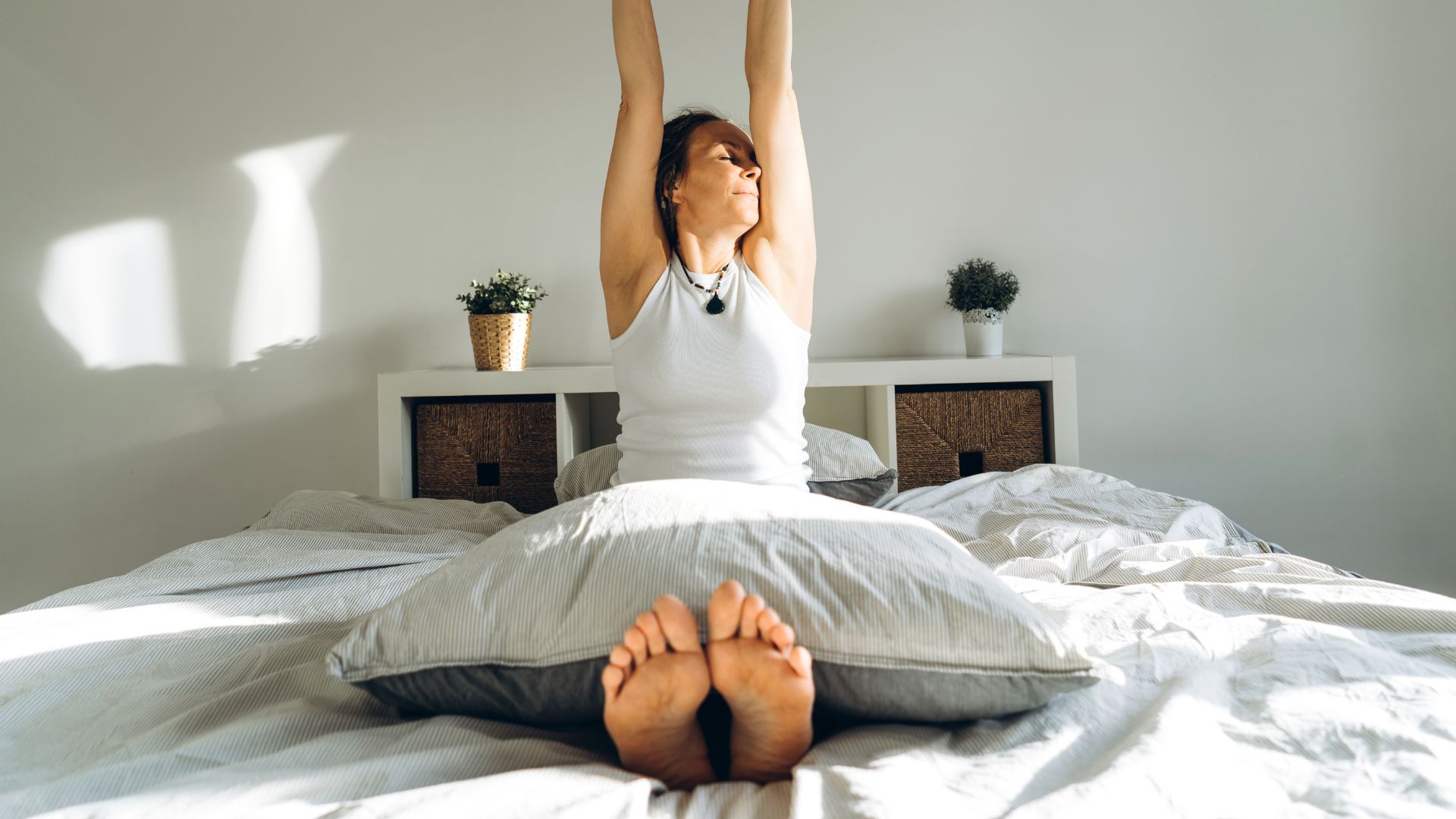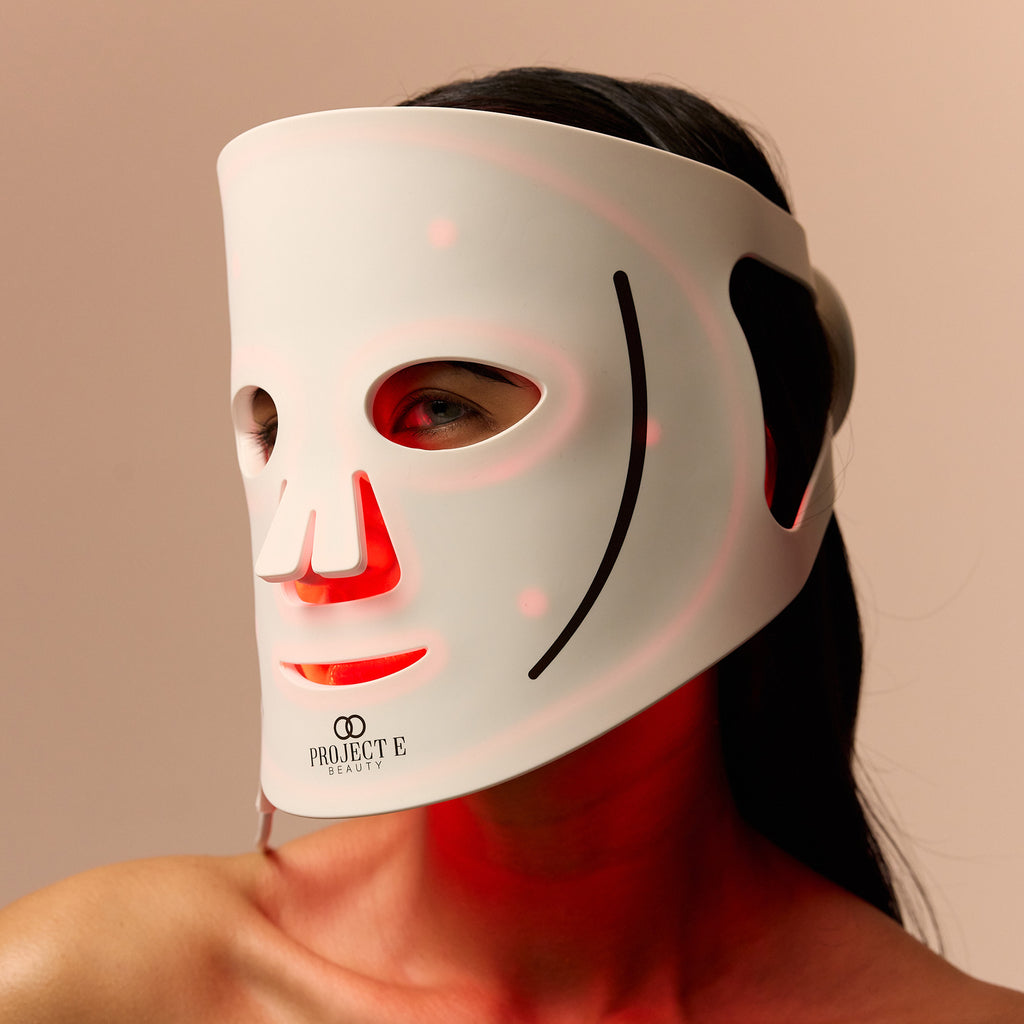Is your pillow past its best? Osteopath reveals simple test that shows if you need an upgrade
Whether you're a side sleeper or a stomach snoozer, it's important to know that you're getting all the neck and lower-back support you need from your pillow


Mattresses, duvets, and pillows - three bedroom essentials that we buy once and hope we don't have to buy again for another few years. Unfortunately, as it turns out, we may need to update our pillows more often than we think.
To get more core sleep, be more comfortable in bed, and reduce the risk of neck and back discomfort, update your pillow as soon as your current one starts to lose its support. Even the best pillows don't last longer than a few years.
"A pillow is there to support your neck, the same way a mattress is there to support your spine. If that pillow has lost its support, it's not going to be doing much for you," says osteopath Nadia Alibhai, who has 20 years of experience in clinics and is a frequent guest on ITV's This Morning and BBC Radio.
But how can you tell your pillow has lost its support if it's still comfortable? Nadia has devised the perfect test - and it's so easy to do.
What is the pillow test?
Nadia designed the pillow test to help people figure out when their pillow needs replacing.
"This test is especially for side and back sleepers. When you sleep on your side, you want to fill that gap between your ear and shoulder. When you sleep on your back, there's a slight curve in the neck area that wants to be filled," she tells woman&home.
"The test is to check if it's giving you that support when you're sleeping on your side and back.
Sign up to our free daily email for the latest royal and entertainment news, interesting opinion, expert advice on styling and beauty trends, and no-nonsense guides to the health and wellness questions you want answered.
Here's how to do the pillow test:
- Take your pillow, the one that you sleep on every night.
- Fold it in half, bringing one side over the top to meet the other side.
- If it stays flat, it's time for a new pillow. "That pillow has more or less lost its support," says Nadia.
- If it bounces up, "you still have some life in the pillow," she explains.
For those sleeping on their side or back, a pillow that stays flat after the test is going to do "absolutely nothing", she says. The only people who may benefit from a flat pillow are those who sleep on their stomachs.
What about front sleepers?
"Sleeping on your front is not great for your lower back and neck. For someone who sleeps on their tummy, I would say that a thin pillow or maybe even no pillow [is a good option]," says Nadia.
A supportive pillow, one that someone who sleeps on their side or back should have, will raise the neck off the ground and put pressure on the neck and lower back, which could cause discomfort.
"Our lower back naturally has a gentle curve. If you're going to sleep on your front, it means that 'dip' in the curve doesn't feel very supported, so I would suggest taking that pillow from under your neck and pushing it down to under your stomach. That will support your lower back," she says.
"For the neck, if someone is sleeping on their tummy and twisting their neck, they are contracting on one side. A lot of the time, when people wake up saying 'I have a crick in my neck and I can't move', it's normally when they've been sleeping on their front," she says.
"Importantly, if you have a bad neck, avoid sleeping on your tummy."
Nadia's tips to improve your sleep
- Sleep on your left-hand side: "It doesn't help with your digestion when you sleep on your right side, but when you sleep on your left, it allows everything to circulate and helps the spine to sit in a better position," she says.
- Put a rolled-up towel or pillow between your legs: "That will really help if you have lower-back pain." And don't worry about turning over and losing the pillow, you're likely to take it with you as you move.
- Improve your sleep hygiene: Being able to drift off comfortably every night is as much a mental challenge as a physical one, so switch off your phone. You might have heard before that blue light interrupts your sleep, but it's been said for a reason. "Blue light is there to wake you up. It's telling you it's time to wake up by suppressing your melatonin hormone, which is the hormone that helps you fall asleep," says Nadia.
- Perfect your nighttime routine: "For me, it's personal. I'll have a bath every night. The bath to me is a time for my body to lie back and the water that hugs your body calms your nervous system," she says. "That constant hug is telling your nervous system it's safe, and that you can now sit back and relax."
- Prioritise red light: Ditch the blue light for red, says the expert. "Red light is a natural anti-inflammatory and increases relaxation. I'm talking about sunsets, candles, and log fires. The red light calms our mindset and takes us into relaxation mode."

RRP: £309
Opting for a red light mask before bed is a perfect way to wind down and enjoy some me time, whilst simultaneously getting to experience the benefits of red light. Boasting eight different treatment modes, this device support skin rejuvenation and combat common skin concerns - such as smoothing fine lines, boosting collagen, balances hyperpigmentation and reducing redness.

Grace Walsh is woman&home's Health Channel Editor, working across the areas of fitness, nutrition, sleep, mental health, relationships, and sex. She is also a qualified fitness instructor. In 2025, she will be taking on her third marathon in Brighton, completing her first ultra marathon, and qualifying as a certified personal trainer and nutrition coach.
A digital journalist with over seven years experience as a writer and editor for UK publications, Grace has covered (almost) everything in the world of health and wellbeing with bylines in Cosmopolitan, Red, The i Paper, GoodtoKnow, and more.
You must confirm your public display name before commenting
Please logout and then login again, you will then be prompted to enter your display name.